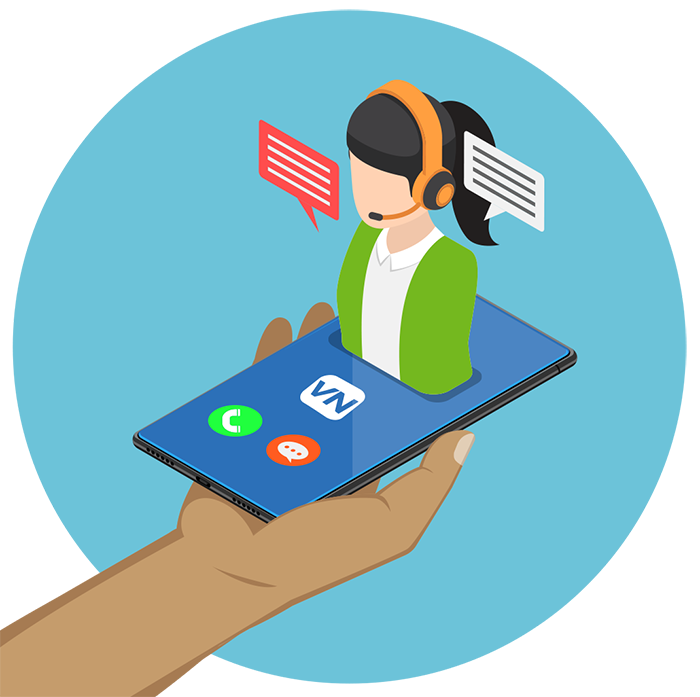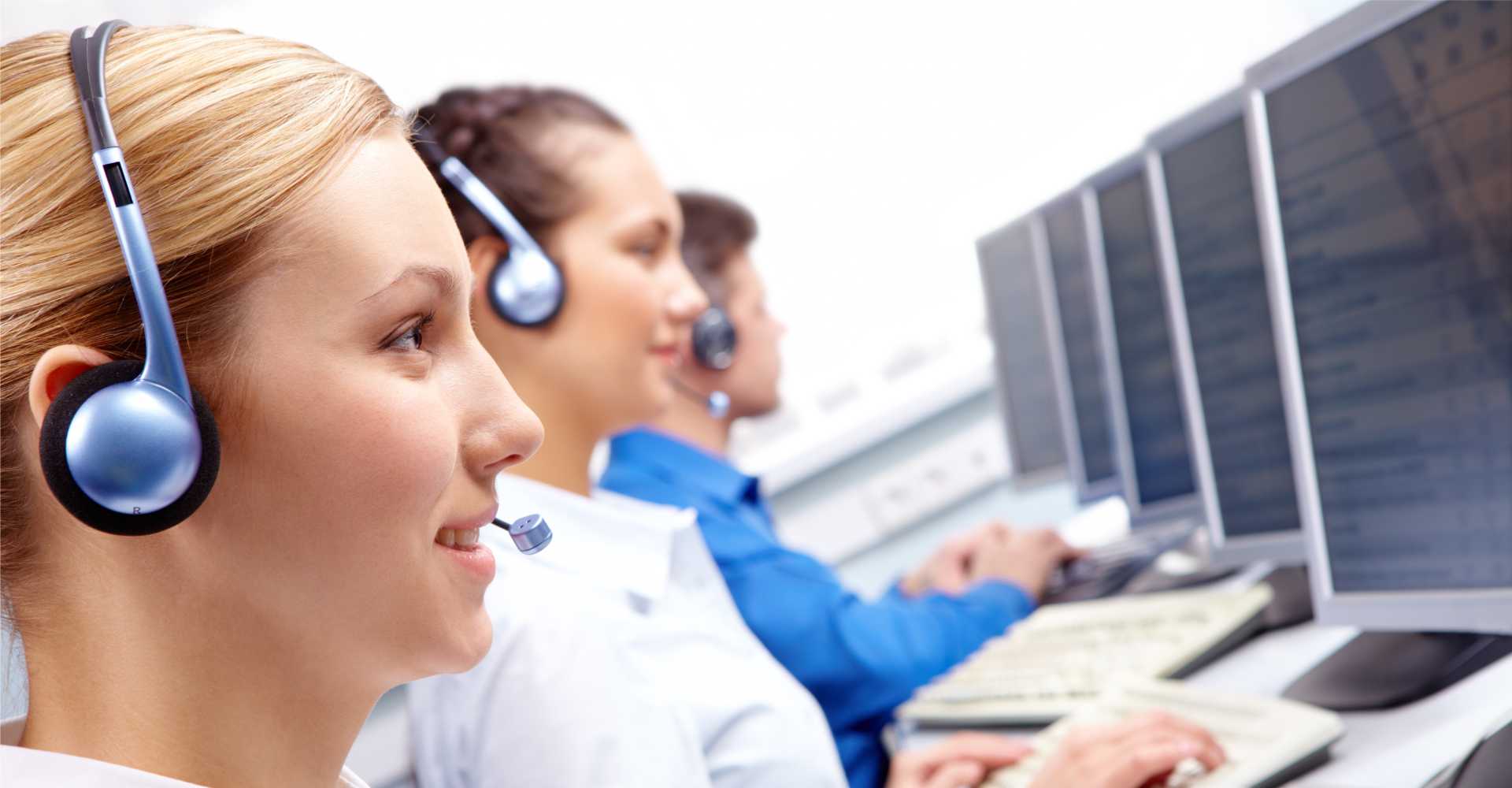All Categories
Featured
Table of Contents
- – What Was The Most Popular Phone Answering Servi...
- – Who Is The Best What Is A Telephone Answering ...
- – Best 14 Benefits Of A Telephone Answering Serv...
- – What Is The Best How Much Do Answering Servic...
- – What Is The Best How To Answer The Phone Prof...
- – What Are The Best 9 Best Answering Service P...
What Was The Most Popular Phone Answering Services - Australian Virtual Receptionists?
This gadget and its followers were designed by Sava Jacobson, an electrical engineer with a personal consulting company. While early answering makers utilized magnetic tape innovation, many contemporary equipment uses solid state memory storage; some gadgets use a mix of both, with a solid-state circuit for the outbound message and a cassette for the inbound messages.
"toll conserving" below) (reception services). This works if the owner is screening calls and does not wish to speak with all callers. In any case after going, the calling party needs to be informed about the call having actually been addressed (in many cases this starts the charging), either by some remark of the operator, or by some greeting message of the TAD, or addressed to non-human callers (e.
This holds particularly for the TADs with digitally stored greeting messages or for earlier machines (before the increase of microcassettes) with a special limitless loop tape, different from a 2nd cassette, committed to recording. There have actually been answer-only gadgets without any recording capabilities, where the greeting message needed to notify callers of a state of present unattainability, or e (virtual telephone answering service).
Who Is The Best What Is A Telephone Answering Service And What Are The ... Company

about availability hours. In recording Little bits the greeting generally includes an invitation to leave a message "after the beep". An answering device that utilizes a microcassette to tape-record messages On a dual-cassette answerphone, there is an outbound cassette, which after the defined variety of rings plays a pre-recorded message to the caller.

Single-cassette voice mail include the outbound message at the start of the tape and incoming messages on the remaining space. They initially play the statement, then fast-forward to the next readily available space for recording, then record the caller's message. If there are many previous messages, fast-forwarding through them can trigger a significant hold-up.
This beep is frequently described in the welcoming message, requesting that the caller leave a message "after the beep". Littles with digital storage for the tape-recorded messages do disappoint this hold-up, naturally. A TAD might offer a remote control center, whereby the answerphone owner can call the house number and, by entering a code on the remote telephone's keypad, can listen to tape-recorded messages, or delete them, even when away from home.
Best 14 Benefits Of A Telephone Answering Service In 2023 You Can Buy

Thus the device increases the variety of rings after which it answers the call (typically by two, leading to 4 rings), if no unread messages are presently saved, but answers after the set number of rings (typically two) if there are unread messages. This permits the owner to find out whether there are messages waiting; if there are none, the owner can hang up the phone on the, e.
Some makers also enable themselves to be from another location triggered, if they have actually been changed off, by calling and letting the phone ring a specific large number of times (usually 10-15). Some company abandon calls currently after a smaller number of rings, making remote activation impossible. In the early days of Littles an unique transmitter for DTMF tones (dual-tone multi-frequency signalling) was regionally required for push-button control, given that the formerly employed pulse dialling is not apt to communicate suitable signalling along an active connection, and the dual-tone multi-frequency signalling was carried out stepwise.
Any inbound call is not recognizable with regard to these properties in advance of going "off hook" by the terminal equipment. So after going off hook the calls must be changed to proper gadgets and just the voice-type is instantly available to a human, however maybe, nevertheless must be routed to a LITTLE (e.
What Is The Best How Much Do Answering Services Cost? Local Business Tips ... To Buy Right Now
What if I informed you that you do not have to in fact choose up your gadget when answering a customer call? Another person will. So convenient, right? Addressing telephone call does not need someone to be on the other end of the line. Effective automated phone systems can do the trick just as efficiently as a live agent and often even much better.
An automatic answering service or interactive voice reaction system is a phone system that communicates with callers without a live individual on the line - answer phone service. When business use this technology, clients can get the answer to a concern about your service merely by utilizing interactions established on a pre-programmed call flow.
Although live operators update the customer care experience, lots of calls do not require human interaction. An easy documented message or instructions on how a customer can recover a piece of details typically solves a caller's instant need - business call answering service. Automated answering services are a basic and efficient way to direct inbound calls to the right person.
What Is The Best How To Answer The Phone Professionally (With Examples) Out Today
Notice that when you call a business, either for support or item questions, the very first thing you will hear is a pre-recorded voice greeting and a series of choices like press 1 for customer support, press 2 for queries, and so on. The pre-recorded options branch out to other options depending on the customer's choice.
The phone tree system helps direct callers to the best person or department using the keypad on a cellphone. In some circumstances, callers can use their voices. It's worth keeping in mind that auto-attendant options aren't limited to the ten numbers on a phone's keypad. As soon as the caller has chosen their first choice, you can design a multi-level auto-attendant that utilizes sub-menus to direct the caller to the right type of support.
The caller does not need to interact with an individual if the auto-attendant phone system can manage their issue. The automated service can path callers to an employee if they reach a "dead end" and need support from a live representative. It is costly to hire an operator or executive assistant.
What Are The Best 9 Best Answering Service Providers For 2023 [Reviewed]
Automated answering services, on the other hand, are significantly more economical and offer significant cost savings at an average of $200-$420/month. Even if you don't have dedicated personnel to deal with call routing and management, an automatic answering service enhances performance by enabling your team to concentrate on their strengths so they can more effectively spend their time on the phone.
A sales lead routed to customer care is a lost shot. If a customer who has product concerns reaches the wrong department or gets incomplete responses from well-meaning staff members who are less trained to manage a particular kind of concern, it can be a cause of disappointment and frustration. An automatic answering system can minimize the variety of misrouted calls, thereby assisting your workers make better usage of their phone time while maximizing time in their calendar for other tasks.
With Automated Answering Systems, you can produce an individualized experience for both your personnel and your callers. Make a recording of your primary welcoming, and simply upgrade it routinely to show what is going on in your organization. You can produce as numerous departments or menu options as you desire.
Table of Contents
- – What Was The Most Popular Phone Answering Servi...
- – Who Is The Best What Is A Telephone Answering ...
- – Best 14 Benefits Of A Telephone Answering Serv...
- – What Is The Best How Much Do Answering Servic...
- – What Is The Best How To Answer The Phone Prof...
- – What Are The Best 9 Best Answering Service P...
Latest Posts
Custom Phone Answering
Reliable Virtual Phone Answering Near Me
Sought-After Real Estate Answering Service – Melbourne 3008
More
Latest Posts
Custom Phone Answering
Reliable Virtual Phone Answering Near Me
Sought-After Real Estate Answering Service – Melbourne 3008